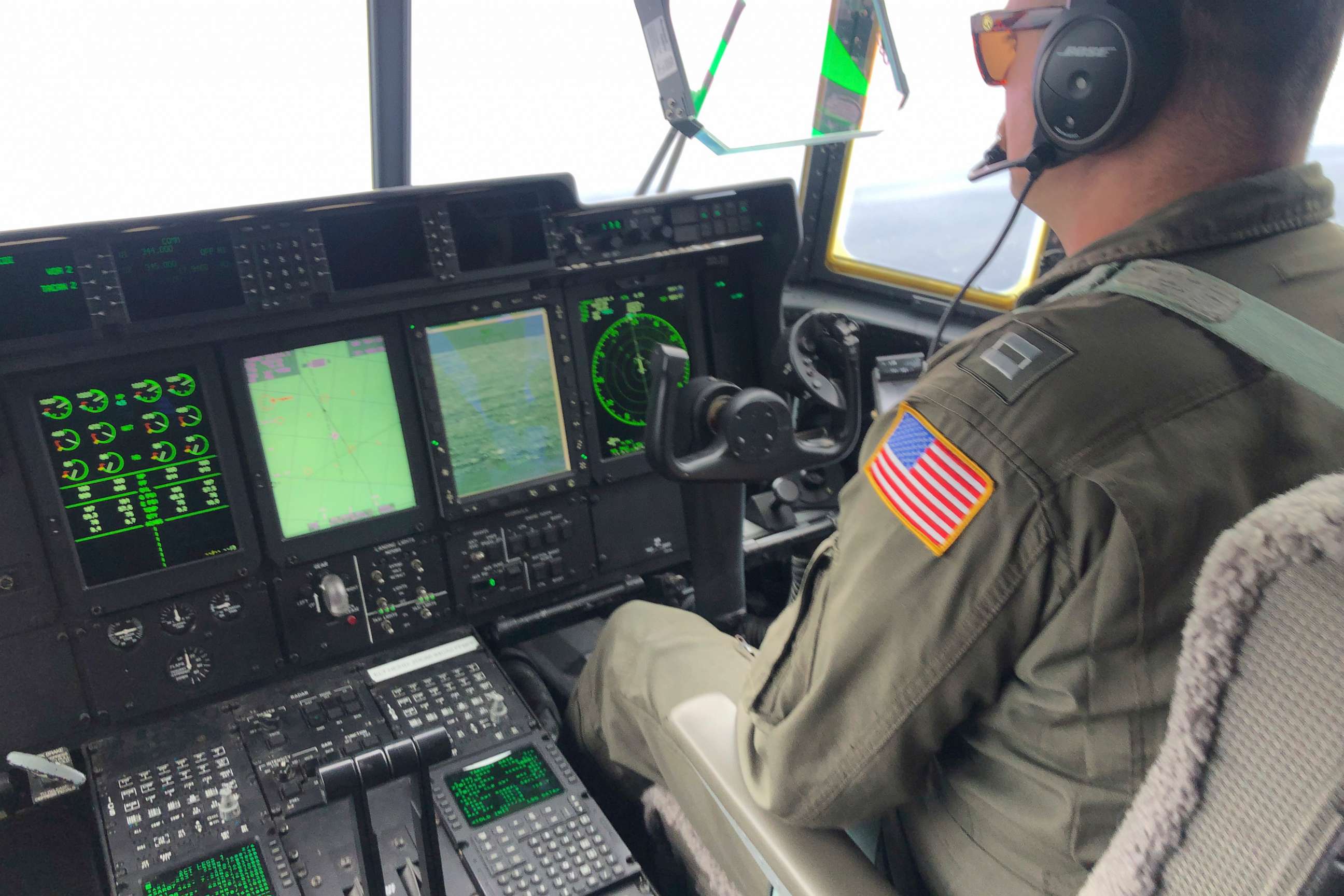Who will pay for Titan submersible's search and rescue? The US taxpayer
The Coast Guard policy is not to ask for a refund from private operators.
When the U.S. Coast Guard decided to launch a search and rescue operation for the missing OceanGate submersible near the Titanic wreckage site, they did so without OceanGate footing the bill, according to officials.
As a matter of Homeland Security policy and the law, the Coast Guard never asks a private company or individual to reimburse the government for the costs associated with search and rescue missions, according to the Coast Guard.
"The Coast Guard, as a matter of both law and policy, does not seek to recover the costs associated with Search and Rescue from the recipients of those services," according to a U.S. Coast Guard spokesperson. "As a matter of law, 46 USC 2110(a)(5) prohibits the Coast Guard from collecting fees for the conduct of SAR operations: The Secretary may not collect a fee or charge under this subsection for any search or rescue service."

Officials have not said how much the extensive search operation would cost.
The Coast Guard led a dayslong search for a submersible carrying five people that vanished while on a tour of the Titanic wreckage off the coast of Newfoundland, Canada. The Coast Guard coordinated a multinational search and rescue effort that ended Thursday with an announcement that the crew was believed to have died in a "catastrophic implosion."
As of Wednesday, the U.S. Coast Guard said it had searched an area twice the size of the state of Connecticut. Most of the assets used in the search were from the Canadian Coast Guard, but the U.S. Coast Guard resources included an HC-130 Hercules long-range search aircraft from Elizabeth City, North Carolina.
The 21-foot deep-sea vessel Titan, operated by OceanGate Expeditions, lost contact about an hour and 45 minutes after submerging on Sunday morning with a 96-hour oxygen supply.
A remote operated vehicle, or ROV, found debris from the OceanGate Titan submersible’s tail cone approximately 1,600 feet from the Titanic wreckage. The debris found was consistent with the "catastrophic loss of the pressure chamber," U.S. Coast Guard Rear Adm. John Mauger said Thursday.
Early on in the search, the United Kingdom's Department of Defense said it believed that the missing submersible was at depths that greatly exceeded the capabilities of the NATO Submarine Rescue System.

International assets deployed to the scene of the search included the Royal Canadian Navy ship HMCS Glace Bay (with a mobile decompression chamber and medical personnel); Canadian Coast Guard ships John Cabot, Ann Harvey and Terry Fox; Royal Canadian Air Force CP-140 Aurora aircraft; Motor Vessel Horizon Arctic; French research vessel L'Atalante; an Air National Guard C-130; and a ROV from Magellan, an international exploration company, according to the U.S. Coast Guard.
The Horizon Arctic's ROV ended up discovering the Titan's wreckage, according to officials.
On Wednesday, the U.S. Navy also sent a Flyaway Deep Ocean Salvage System, a lift system designed to provide reliable deep ocean lifting capacity for the recovery of large, bulky and heavy undersea objects, such as aircraft or small vessels, according to the U.S. Coast Guard.



